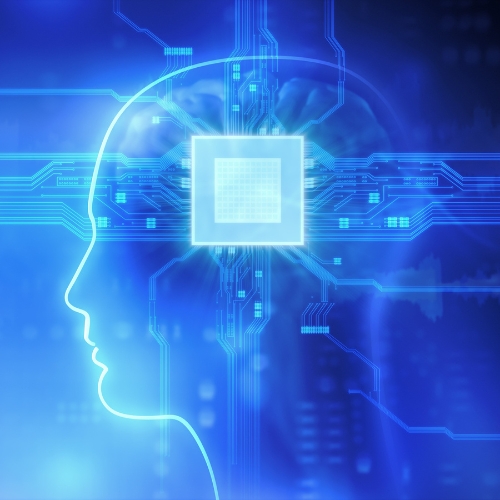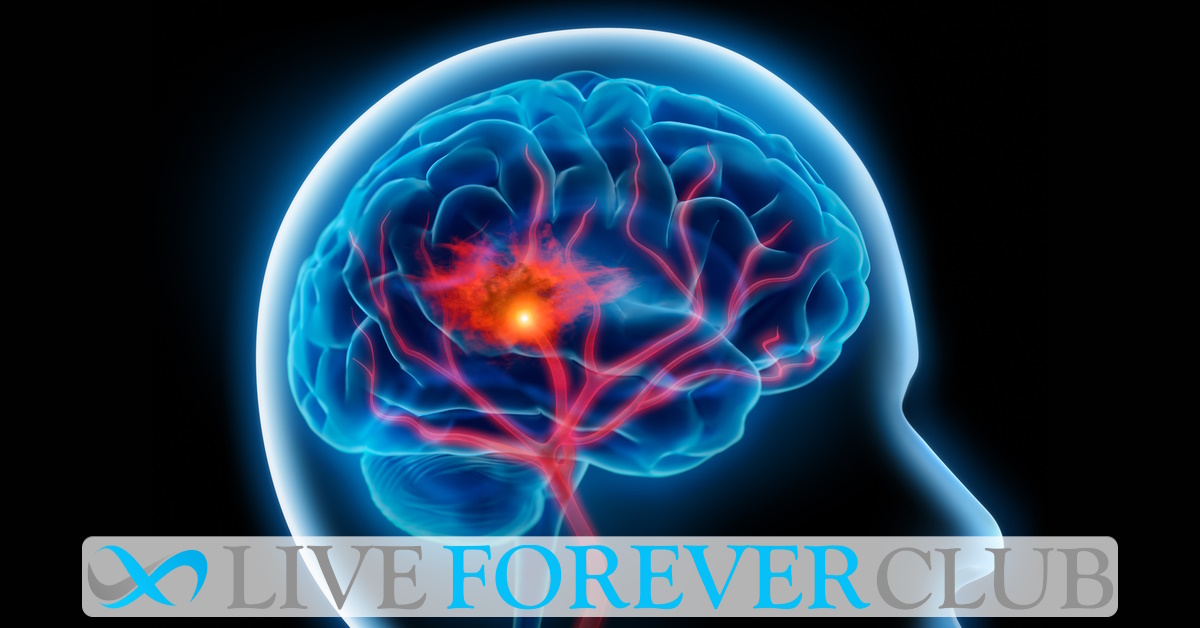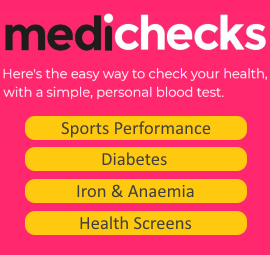Key points from article :
Stroke rehabilitation as a field of research holds great promise in improving how patients recover.
Researchers combine a brain-computer interface and a robotic arm that responds to the actual intentions of treated patients.
Improve arm and hand movements in patients who have stopped seeing benefits from conventional stroke rehab therapy.
Positive outcomes were maintained even two months, pointing to long term benefits.
Volunteers wore EEG (electroencephalography) caps that provided access to their brain waves.
Arm exoskeleton was connected to a computer that detected user intentions in the EEG signal and moved the arm accordingly.
“This project ensures the brain is engaged,” - Jose Luis Contreras-Vidal, one of the lead investigators.
"Paying more attention can magnify the response to therapy,” - Gerard Francisco, co-principal investigator.
80% of the participants had improvements in clinically relevant functional outcomes.
Research by the University of Houston published in the Journal NeuroImage.





